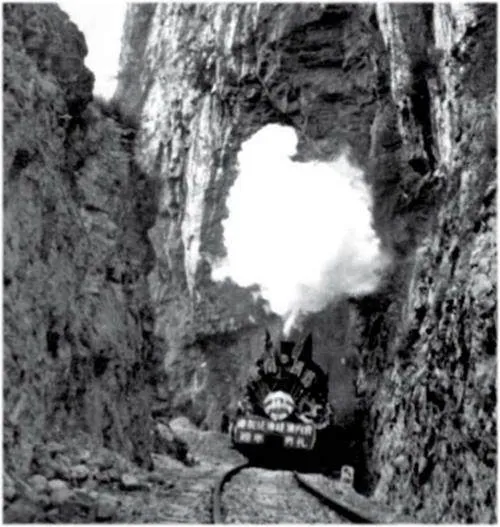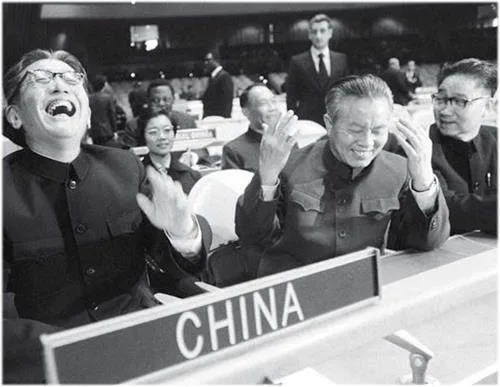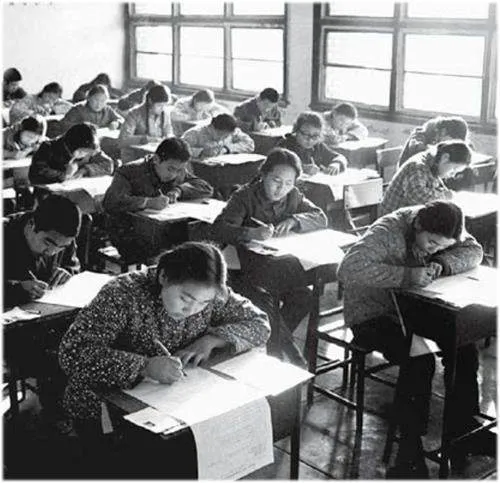Moving Forward with Achievements







On October 1, 1949, Chairman Mao Zedong solemnly proclaimedthe establishment of the People’s Republic of China (PRC) from theTian’anmen Rostrum.
After the founding of the PRC in 1949, China established a basicsocialist system and began large-scale socialist construction, creating an independentand relatively complete industrial system and national economic system. People’sliving standards gradually improved, laying a solid material and technologicalfoundation for independent and sustainable economic development of the country.
The Birth of New China
With the founding of the PRC on October 1, 1949, Chinarealized a great transformation from a millennia-old feudalautocracy to a people’s democracy. The country achieved ahigh degree of unity and unprecedented solidarity among allethnic groups, ushering in a new era for development.
Land Reform
China’s land reform, which began in the winter of 1950, wascarried out in different stages and was basically completedacross the Chinese mainland by the end of 1952. The land reformfundamentally liberated rural productive forces, stimulated theproduction enthusiasm among farmers, and promoted the rapidrecovery and development of agriculture as well as the advancementof rural culture and education.
Marriage Law
The Marriage Law of the People’s Republic of China , the firstlaw enacted after the founding of the PRC, was promulgatedand implemented on May 1, 1950. Provisions of this lawhighlighted the principles of gender equality. Its promulgationand implementation gradually established new types of maritaland family relationships in society and promoted significanttransformation of social customs.
Chengdu-ChongqingRailway
The Chengdu-Chongqing Railway officially commencedoperation on July 1, 1952. This railway was the first trunkrailroad built entirely with domestic materials after thefounding of the PRC. The project helped China accumulatevaluable experience for railway construction and madesignificant contributions to the economic development ofsouthwestern China.
First Ascent of Mount Qomolangma
Three Chinese climbersaccomplished the first-ever ascentof Mount Qomolangma from itsnorthern slope on May 25, 1960.Conquering the world’s highestpeak was a microcosm of thevigorous development of sportsin New China. Since the foundingof the PRC in 1949, China’s sportsundertaking has developed fromweak to strong, and embarkedon a path of rapid and healthygrowth.
The System of RegionalEthnic Autonomy
The Xinjiang Uygur Autonomous Region was established on October 1, 1955, marking thefirst provincial-level autonomous region in China. By 1965, the country had established fiveautonomous regions.
The system of regional ethnic autonomy means that areas with large ethnic minoritypopulations can practice regional autonomy, establish autonomous organs, and exercise thepower of self-government under the unified leadership of the state. Under this institutionalframework, socialist ethnic relations characterized by equality, unity, mutual assistance, andharmony began to form, and the social, economic, and cultural development of ethnic minorityareas made significant progress.
The Restoration ofthe PRC’s Lawful Seatat the United Nations
On October 25, 1971, the 26th Session of the General Assembly ofthe United Nations (UN) adopted Resolution 2758, restoring all rightsof the PRC in the UN. The restoration of the lawful seat at the UNrepresented a significant breakthrough in New China’s diplomatic workand marked a crucial enhancement of its international status. Sincethen, as a permanent member of the UN Security Council, China hasmade continuous efforts within the UN framework to fulfill the purposesof the UN Charter, maintain world peace, strengthen exchanges andcooperation among countries, and promote human progress.
Resumption of National CollegeEntrance Examination
In 1977, the unified college entrance examination, which had been suspendedduring the “cultural revolution” (1966-1976), resumed. Between November andDecember of that year, approximately 5.7 million people across China participatedin the unified exam organized by various provinces, autonomous regions, andmunicipalities. Among them, 273,000 were enrolled in colleges and universities.Resumption of the college entrance examination system helped re-establish thevalues and ideas of respecting knowledge and talent in society. The exam’s returnbrought the systematic cultivation of talent to the scale needed to support thecountry’s modernization drive.

